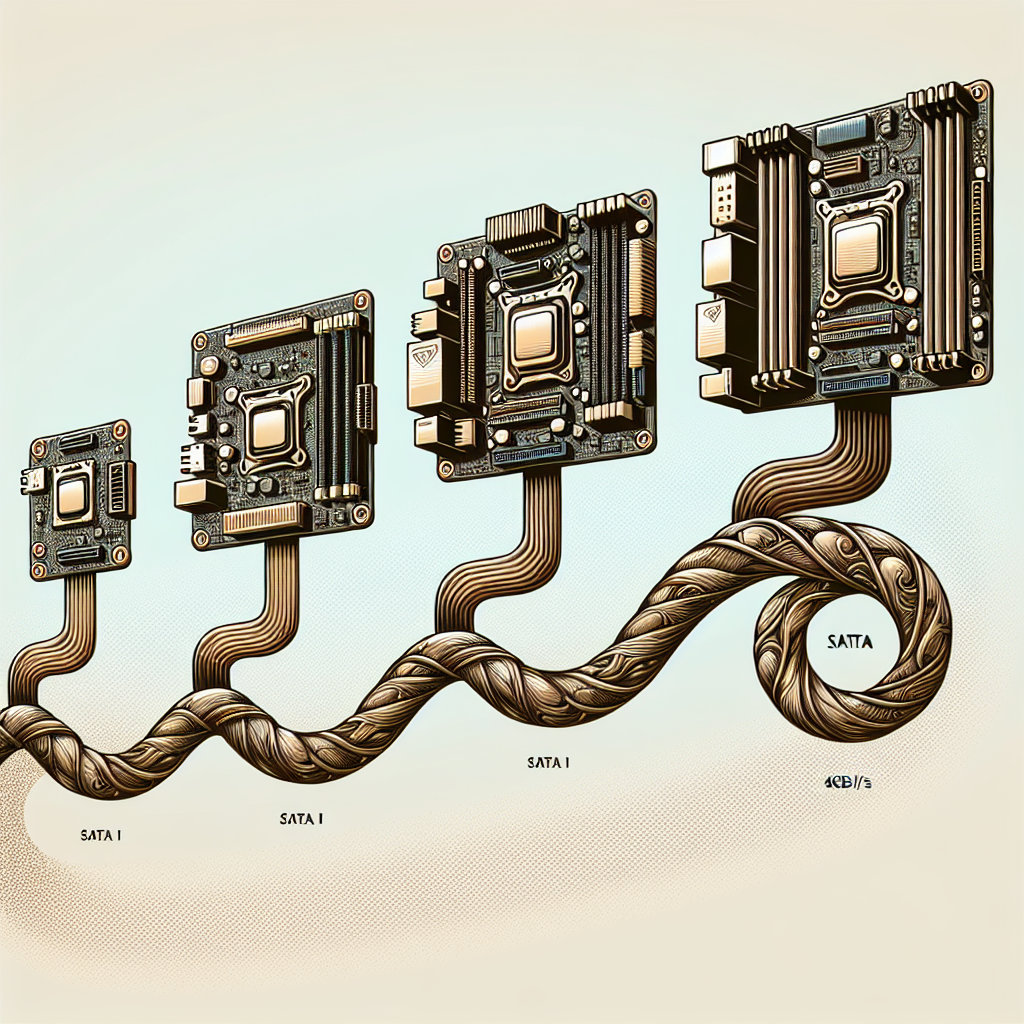SATA, or Serial ATA, is a popular interface used to connect storage devices such as hard drives and solid-state drives to a computer. Since its introduction in 2003, SATA technology has undergone several advancements to keep up with the increasing demands of data storage and transfer speeds. In this article, we will explore the evolution of SATA technology from its humble beginnings with SATA I to the high-speed SATA 6Gb/s standard.
SATA I, also known as SATA 1.5Gb/s, was the first iteration of the SATA standard introduced in 2003. It offered a maximum data transfer rate of 1.5 gigabits per second (Gb/s) and quickly replaced the older Parallel ATA (PATA) interface due to its faster speed and improved reliability. While SATA I was a significant improvement over PATA, it soon became clear that faster speeds were needed to keep up with the growing file sizes and data transfer requirements of modern computing.
In response to this demand, SATA II, or SATA 3Gb/s, was introduced in 2004. This second generation of SATA technology doubled the maximum data transfer rate to 3Gb/s, allowing for faster read and write speeds and better overall performance. SATA II quickly became the standard for most consumer and enterprise storage devices, offering a good balance of speed and affordability.
As technology continued to advance, the need for even faster transfer speeds led to the development of SATA III, or SATA 6Gb/s. Introduced in 2009, SATA III doubled the data transfer rate once again to 6Gb/s, providing even faster performance for high-end storage devices and motherboards. SATA 6Gb/s is now the most commonly used SATA standard, offering blazing-fast speeds for tasks such as gaming, video editing, and large file transfers.
One of the key features of SATA 6Gb/s is its backwards compatibility with older SATA standards. This means that SATA 6Gb/s devices can be used with older SATA II or SATA I interfaces, although they will be limited to the maximum speed supported by the slower interface. This flexibility allows users to upgrade their storage devices without needing to replace their entire system, making the transition to faster SATA technology easier and more cost-effective.
In conclusion, the evolution of SATA technology from SATA I to SATA 6Gb/s has brought significant improvements in data transfer speeds and performance for storage devices. With each new iteration, SATA has continued to push the boundaries of what is possible, providing users with faster and more reliable storage solutions for their computing needs. As technology continues to advance, it will be interesting to see what the future holds for SATA and how it will continue to evolve to meet the demands of tomorrow’s data storage requirements.

Leave a Reply